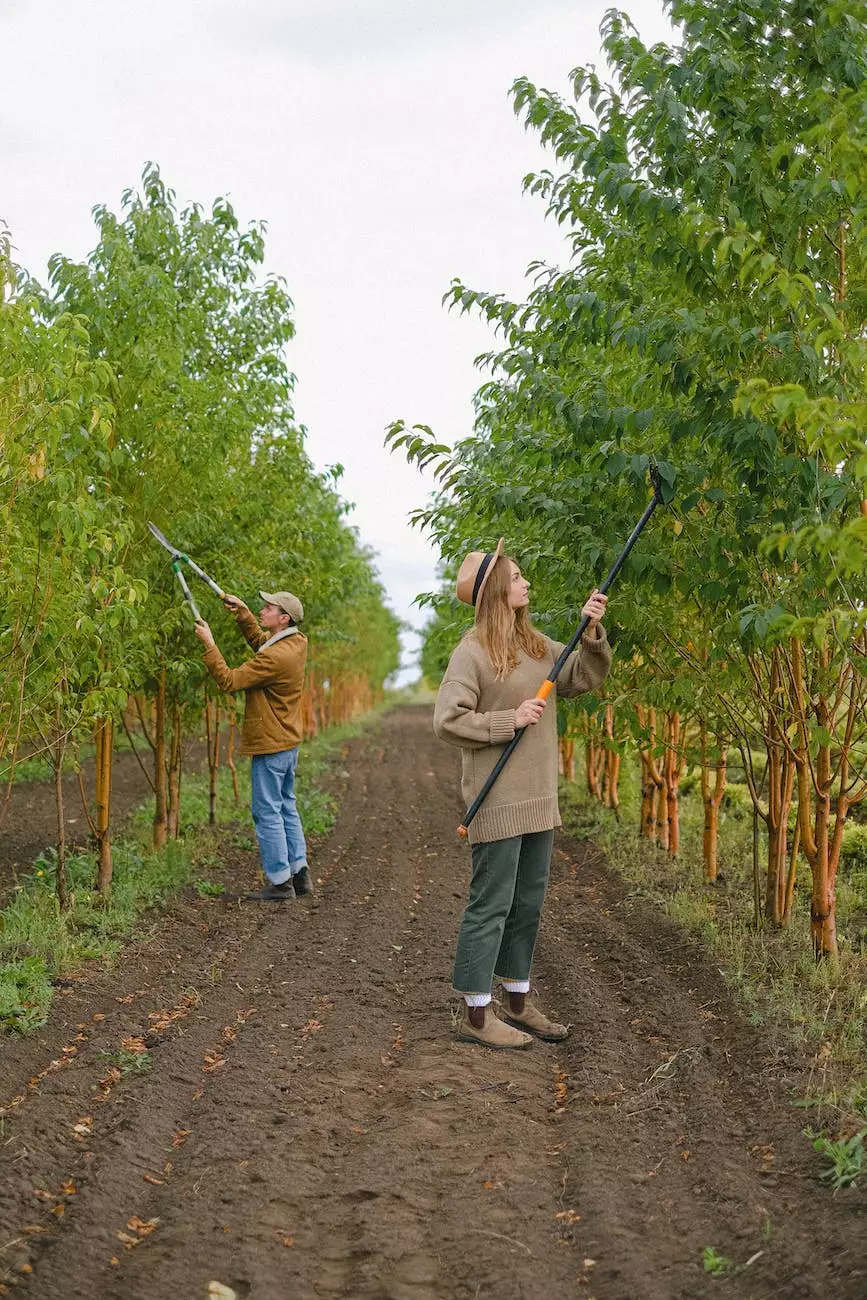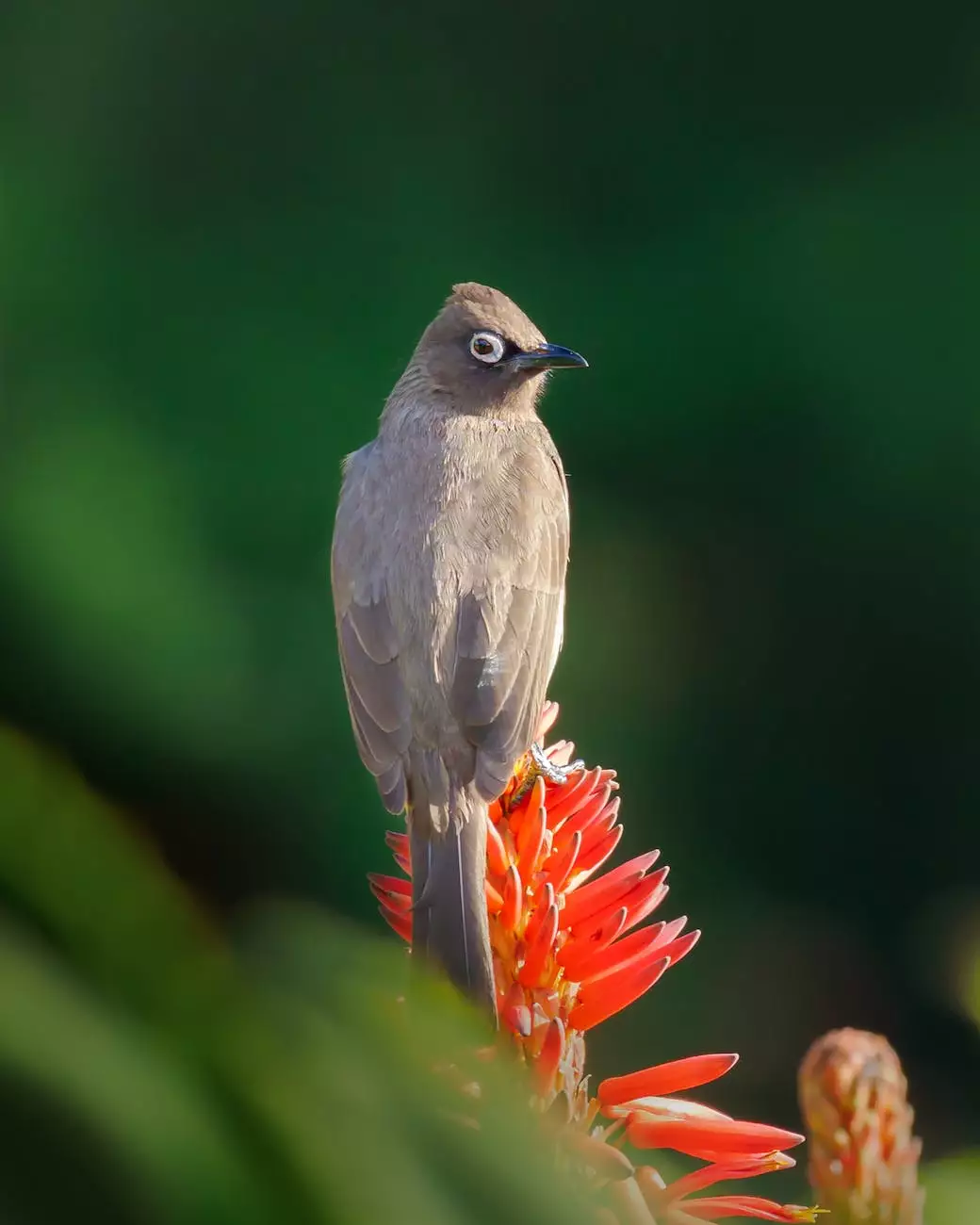Late Planting In Iowa

As planting season approaches, farmers in Iowa face various challenges, such as unfavorable weather conditions, limited time, and other unforeseen circumstances. Late planting can be a real concern, impacting crop yields and profitability for agricultural businesses across the state. At Cutting Hedge Services, we understand the importance of overcoming these challenges and ensuring successful planting. In this comprehensive guide, we'll delve into the intricacies of late planting and equip you with the knowledge and strategies needed to navigate this critical period effectively.
Understanding Late Planting
Late planting refers to the delay in initiating crop planting activities beyond the optimal window. In Iowa, the optimal planting period for major crops usually falls in spring, when the soil temperatures are adequately warm and suitable for seed germination. However, factors like excessive rainfall, frost, or unforeseen weather events can delay planting, pushing it beyond the ideal timeframe.
When faced with late planting, it's crucial to adapt and adjust your strategies accordingly. Late planting affects crop development, maturity, and overall yield potential. Understanding the specific challenges posed by late planting can help you implement the right strategies to minimize the negative impact and maximize your chances of success.
Challenges and Solutions
1. Crop Selection:
One of the first steps in mitigating the impact of late planting is strategically selecting crops that have a shorter growing season. By opting for early maturing varieties or alternative crops, you can compensate for the reduced growing time and increase the likelihood of achieving satisfactory yields. Cutting Hedge Services can guide you in choosing the right crops based on your specific requirements and the prevailing conditions.
2. Soil Preparation:
Proper soil preparation is of paramount importance for successful late planting. Ensure adequate soil moisture and fertility levels by conducting comprehensive soil tests and applying necessary amendments. Our team of experts at Cutting Hedge Services can assist you in analyzing your soil quality and recommend appropriate measures to optimize it for late planting.
3. Planting Techniques:
Optimizing planting techniques is crucial when planting late in Iowa. Adjust the seeding rate and spacing to compensate for the reduced growing time. Additionally, consider adopting practices like no-till or reduced tillage systems to promote soil moisture conservation and mitigate the risk of erosion. Cutting Hedge Services specializes in implementing advanced planting techniques that maximize your productivity even in challenging circumstances.
4. Nutrient Management:
Proper nutrient management plays a significant role in mitigating the effects of late planting. Conducting regular soil tests throughout the growing season helps monitor nutrient levels and ensure timely adjustments. At Cutting Hedge Services, our agronomists provide expert advice on nutrient management practices tailored to your specific crop and growing conditions.
5. Weed and Pest Control:
Late planted crops are more susceptible to weed and pest pressures, as they have less time to establish and compete with unwanted vegetation or insects. Implementing effective weed and pest control strategies becomes even more critical during late planting. Integrated Pest Management (IPM) techniques, along with timely herbicide applications, can help mitigate these challenges. Cutting Hedge Services can assist you in devising a customized IPM plan to protect your crops and optimize yields.
Maximizing Success Through Timely Action
While late planting presents challenges, it's essential to stay proactive and take appropriate action to maximize your chances of success. Here are some additional tips to consider:
Determine Your Planting Deadline:
Establish a realistic planting deadline based on the average frost date and crop-growing requirements. This allows you to assess the available time and prioritize specific actions accordingly.
Monitor Weather Conditions:
Stay updated on weather forecasts and adapt your planting schedule accordingly. If unfavorable weather conditions persist, it might be necessary to reassess your crop selection or opt for alternative strategies.
Rely on Expert Guidance:
Partnering with Cutting Hedge Services provides you with the advantage of expert knowledge and experience in late planting practices. Our team is well-versed in the challenges specific to Iowa and can help devise personalized strategies based on your unique circumstances.
Stay Informed:
Continual education and staying informed about the latest advancements in planting techniques, crop varieties, and pest control strategies contribute to your success as a farmer. Attend educational workshops or seminars, consult reputable sources, and take advantage of our resources to stay up to date.
Conclusion
Late planting in Iowa presents challenges, but with careful planning, strategic decision-making, and expert guidance, it's possible to achieve satisfactory yields and maintain profitability. Cutting Hedge Services is dedicated to supporting farmers in tackling the complexities of late planting through our comprehensive services and customized solutions. Contact us today to learn more and take your late planting journey to new heights!




